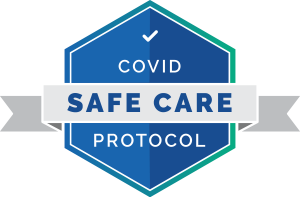If conservative treatments are exhausted or no longer effective, surgical treatment can be considered. In some situations, such as grade III and grade IV slips, surgery may be the necessary regardless of the effectiveness of non-surgical treatments.
Surgery for spondylolisthesis is dependent on the type or grade you are suffering from, as well as any underlying conditions. Most spondylolisthesis situations can be resolved with a minimally invasive spine surgery.
The most common minimally invasive spine surgery options include:
If you are suffering from painful symptoms associated with spondylolisthesis and are ready to take the next step, try our interactive treatment finder below to find right treatment for you.


